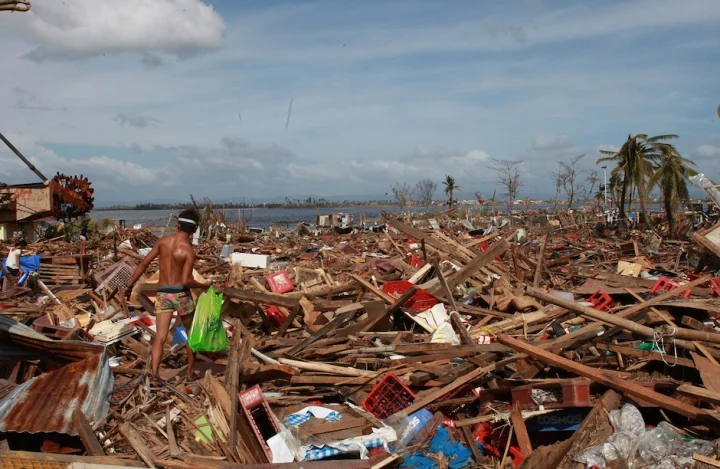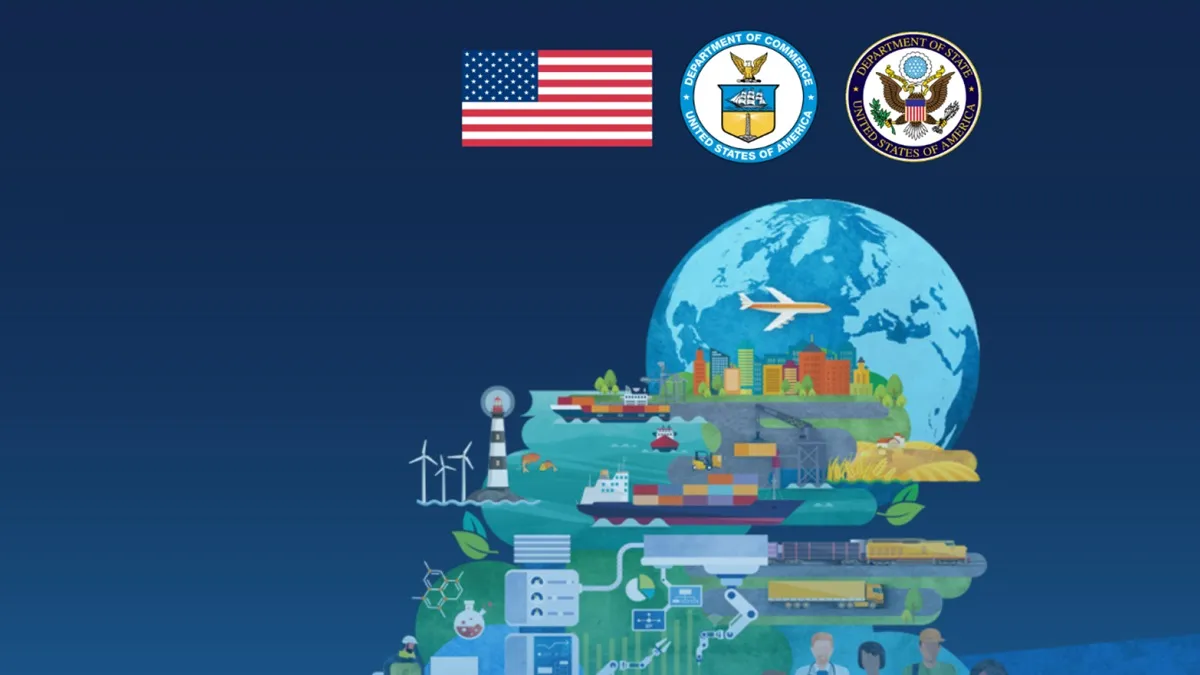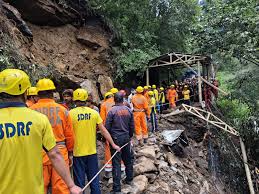
GHQ warns of hurricane threat
GHQ Issues Urgent Warning as Hurricane Threatens Coastal Regions Preparations Intensify Across Multiple States
In a stark and urgent development, the General Headquarters (GHQ) has issued a high level hurricane threat advisory, signaling the arrival of a potentially devastating storm system bearing down on several coastal states. The advisory, which was shared through both civilian and military communication channels, emphasized the increasing likelihood of a Category 4 or stronger hurricane making landfall within the next 72 hours. This warning marks the first time in five years that the GHQ has stepped in to coordinate civil military emergency preparations in anticipation of a natural disaster of this magnitude. With the storm intensifying rapidly in the Atlantic Ocean and showing signs of a classic cyclonic structure, emergency management authorities are now racing against time to prepare for its landfall and mitigate the fallout.
The GHQ’s involvement signals not only the storm's severity but also the potential for wide scale infrastructure damage, supply chain disruption, and loss of life. According to meteorological data, the hurricane tentatively named Hurricane Veronica is currently churning over warm Atlantic waters with sustained winds exceeding 210 kilometers per hour. Satellite imagery shows a well formed eye, symmetrical spiral bands, and increasing speed, all of which indicate intensification in the hours ahead. Experts from the National Hurricane Center and GHQ’s strategic weather command units are working jointly to monitor its trajectory, which is projected to impact parts of the southeastern United States, with Louisiana, Florida, and Georgia currently in the cone of uncertainty.
What makes this storm particularly alarming is not just its strength but its unpredictability. Rapid intensification a phenomenon where a storm gains strength at a much faster rate than typical has been observed in the past 36 hours. Combined with an unstable jet stream and shifting atmospheric conditions, the path of Hurricane Veronica could change rapidly, potentially affecting densely populated urban centers and historically vulnerable low lying regions. In its advisory, GHQ emphasized the need for both urban and rural communities to review evacuation plans, stockpile emergency supplies, and stay tuned to official communication for updates and alerts.
In response to the GHQ’s warning, multiple state governments have activated their respective emergency operation centers (EOCs). Governors in several at risk states have declared states of emergency, enabling quicker mobilization of resources, suspension of certain regulations, and deployment of the National Guard. FEMA (Federal Emergency Management Agency) has pre positioned relief supplies in key logistical hubs and deployed rapid response teams. Meanwhile, GHQ’s own assets, including naval vessels, military engineers, and airlift squadrons, are on standby to assist in search and rescue, logistical support, and infrastructure repair in the aftermath of the storm. Military installations along the coast have raised threat levels and begun securing equipment, evacuating non essential personnel, and coordinating with civilian agencies.
The private sector has also swung into action. Major retailers and logistics companies are coordinating with emergency planners to ensure critical goods such as food, water, fuel, batteries, and medical supplies are stocked and distributed efficiently. Utility companies are reinforcing power lines, pruning tree branches near electrical infrastructure, and preparing to dispatch repair crews post landfall. Airlines have canceled hundreds of flights as airports in the projected path begin implementing shutdown protocols. In coastal towns and cities, residents have begun boarding up windows, refueling vehicles, and clearing store shelves in preparation for prolonged outages and potential displacement.
The GHQ’s warning also touched on cybersecurity and communication preparedness, areas that are increasingly vital in storm response. With storms now known to knock out not only physical infrastructure but also digital communication networks, GHQ has urged telecommunications providers to bolster backup systems and satellite links. Hospitals and emergency responders have been instructed to check redundancies for patient data, GPS systems, and emergency coordination software. There is heightened concern that disruption to digital infrastructure could hamper coordination between agencies, delay aid, and hinder communication with affected communities.
Environmental scientists are also closely monitoring the storm’s impact on the delicate coastal ecosystems that are already under stress from rising sea levels and climate change. Wetlands, barrier islands, and estuaries that act as natural buffers may be overwhelmed by Veronica’s storm surge, leading to erosion, habitat loss, and saltwater intrusion into freshwater supplies. The storm’s inland trajectory could also affect agricultural zones, causing crop losses and affecting food supply chains. GHQ’s environmental command has been tasked with collecting data during and after the storm to assess the extent of environmental degradation and plan long term mitigation strategies.
Perhaps most significantly, the GHQ’s hurricane warning is a reminder of the evolving nature of national security in the face of climate driven disasters. The intersection of meteorology, infrastructure, cybersecurity, public health, and defense capabilities is becoming increasingly relevant as storms become more powerful and less predictable. Analysts note that Hurricane Veronica may become a case study in integrated disaster response, where the lines between civilian governance and military coordination blur in the pursuit of resilience. In this context, the GHQ’s leadership is not merely about managing a weather event but orchestrating a complex, cross sectoral operation aimed at protecting lives and restoring normalcy in the face of a multi dimensional threat.
In conclusion, the GHQ’s urgent hurricane warning has mobilized an expansive network of emergency responders, civic institutions, and military units in what may become one of the most comprehensive disaster preparedness efforts in recent U.S. history. With Hurricane Veronica rapidly approaching and the clock ticking, the nation finds itself in a tense but unified state of alert. The days ahead will test not just the durability of buildings and the strength of levees but the coordination, resolve, and adaptability of an entire system prepared to face nature at its most violent. As coastal residents brace for impact, the rest of the country watches anxiously, reminded once again of the power of the elements and the necessity of preparedness at every level.











